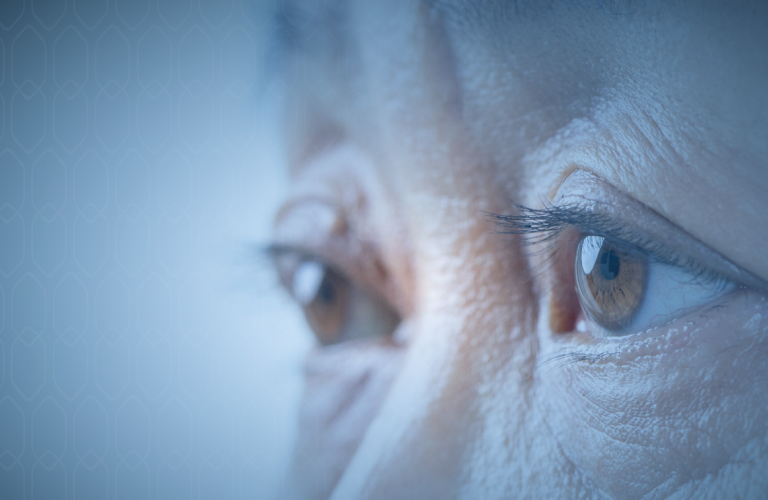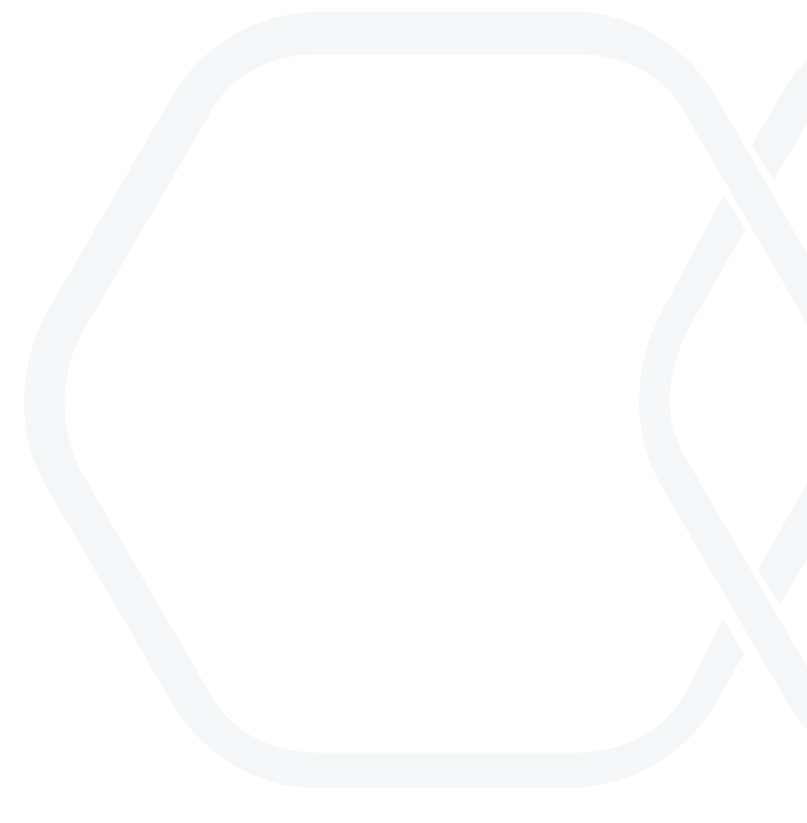Your privacy is very important to us. When you visit our website, please agree to the use of all cookies. For more information about personal data processing, please go to Privacy Policy.


What is Neovascular Age-related Macular Degeneration (nAMD)?
Age-related macular degeneration (AMD) is the leading cause of vision loss in individuals over age 50 and can result in irreversible blindness1. Two subtypes of AMD have been identified based on clinical development and pathology: non-neovascular (dry, nonexudative) AMD and neovascular (wet, exudative) AMD (nAMD). Non-neovascular AMD develops slowly and with characteristically mild vision impairment compared to nAMD but may develop into nAMD with advancing disease progression in some patients2. nAMD or “wet” AMD (wAMD) is an advanced form of the disease that can cause rapid and severe vision loss.Pathological growth of abnormal vessels in the choroid (a part of the eye containing blood vessels that nourish the eye) is a hallmark of nAMD, and is accompanied by loss of normal choroidal barrier function, resulting in leakage of fluids within the retina which can lead to hemorrhage and ultimately degeneration of the retinal macula3. Currently, anti-vascular endothelial growth factor (anti-VEGF) therapies have significantly changed the landscape for the treatment of nAMD. However, these therapies have short half-lives, which necessitates life-long monthly or bimonthly repeated intraocular injections to maintain efficacy. Additionally, persistent fluid or recurrent exudation still occurs despite standardize anti-VEGF therapy.
Nearly 50 million people over the age of 60 worldwide are living with nAMD but only 16,000,000 people worldwide with the treatment rate as 50-85%4, and there are about 4,000,000 people suffering nAMD in China.
* Refs :
New England Journal of Medicine, 2008, 358(24): 2606-2617;
Neuron, 2012, 75(1): 26-39;
American journal of ophthalmology, 2004, 137(3): 496-503;
Informa.
-
4,000,000nAMD patients in China4
-
16,000,000nAMD patients worldwide4

What Are The Symptoms Associated With nAMD?
Symptoms of nAMD progress much more quickly and can lead to functional blindness if left untreated. Signs of nAMD may include metamorphopsia (distorted vision), scotoma (blind spots), and general deterioration of central vision. These symptoms can impair an individual’s ability to read, drive, recognize faces, and perform other daily activities.

*Refs from 1. Age-Related Macular Degeneration - EyeWiki (aao.org), 2.Figure in the left is from 湿性黄斑变性 - 症状与病因 - 妙佑医疗国际 (mayoclinic.org), 3. Figure in the right is form Investigative Ophthalmology & Visual Science, 2022, 63(7): 2536–A0105-2536–A0105.

group A : Italian patients
group B : Irish patients
What Are The Treatment Options for nAMD?
-
1.Anti-VEGF treatments
Anti-vascular endothelial growth factor (VEGF) therapies, including ranibizumab (Lucentis), bevacizumab (Avastin), and aflibercept (Eylea), are frequently used in the treatment of nAMD.
-
2.Anti-VEGF and Anti-Angiopoietin-2(Ang2) treatment
Faricimab (Vabysmo) is a bi-specific antibody directed against both VEGFA and angiopoietin-2 for the treatment of nAMD.
-
3.Emerging Treatments
Treatments include small inhibitory RNA molecules, sustained drug delivery platforms, gene therapy, anti-inflammatory medications, antioxidants, and cell-based therapies are being tested actively in clinical trials for the treatment of nAMD.
Previous : HG204(MDS)
Next : HG301(RHO-adRP)


